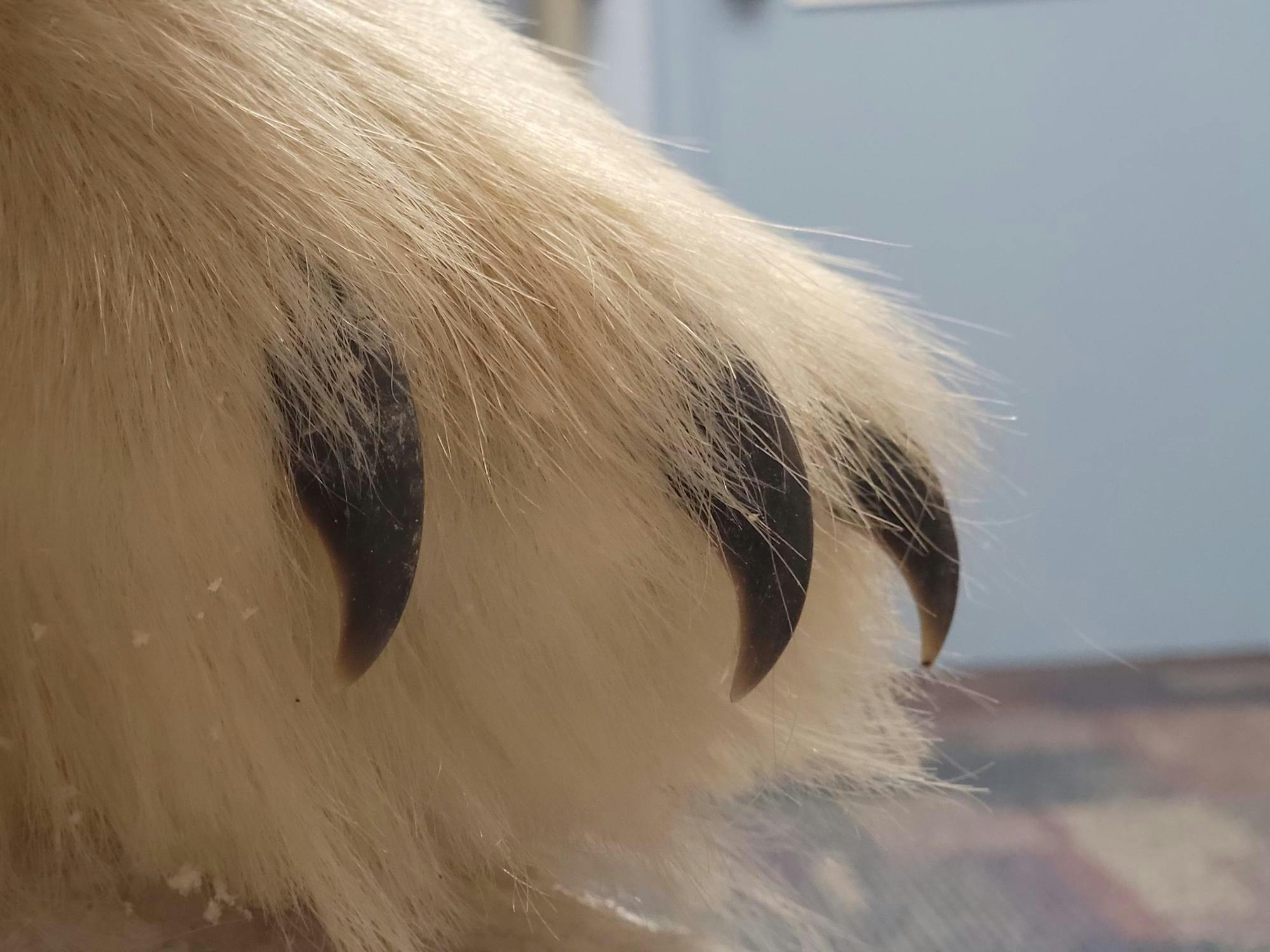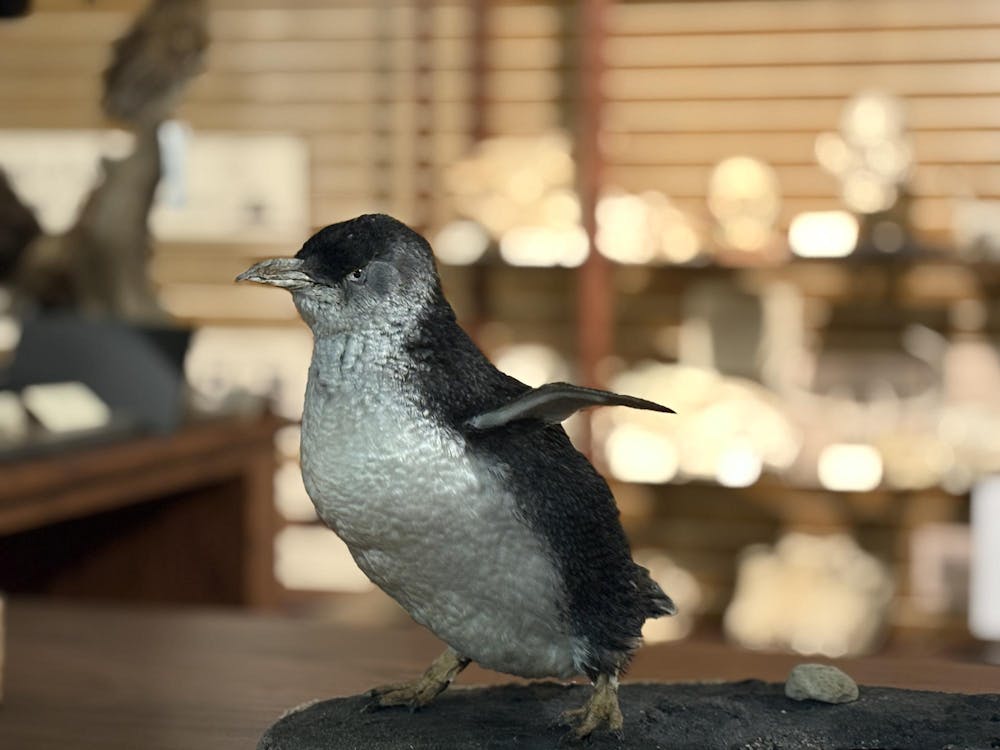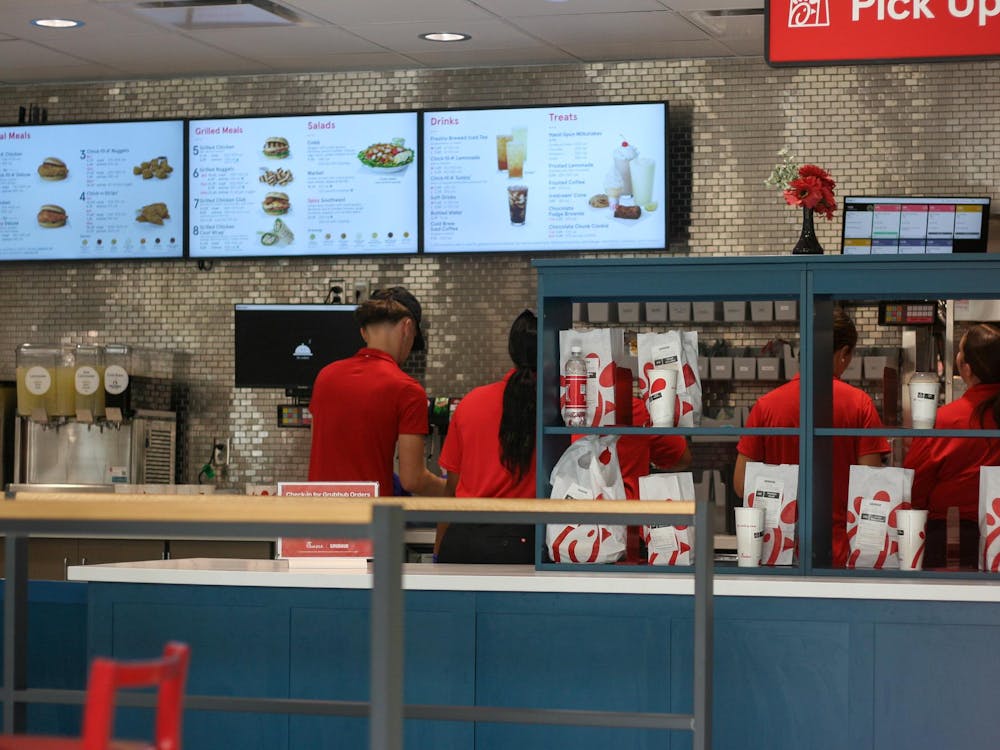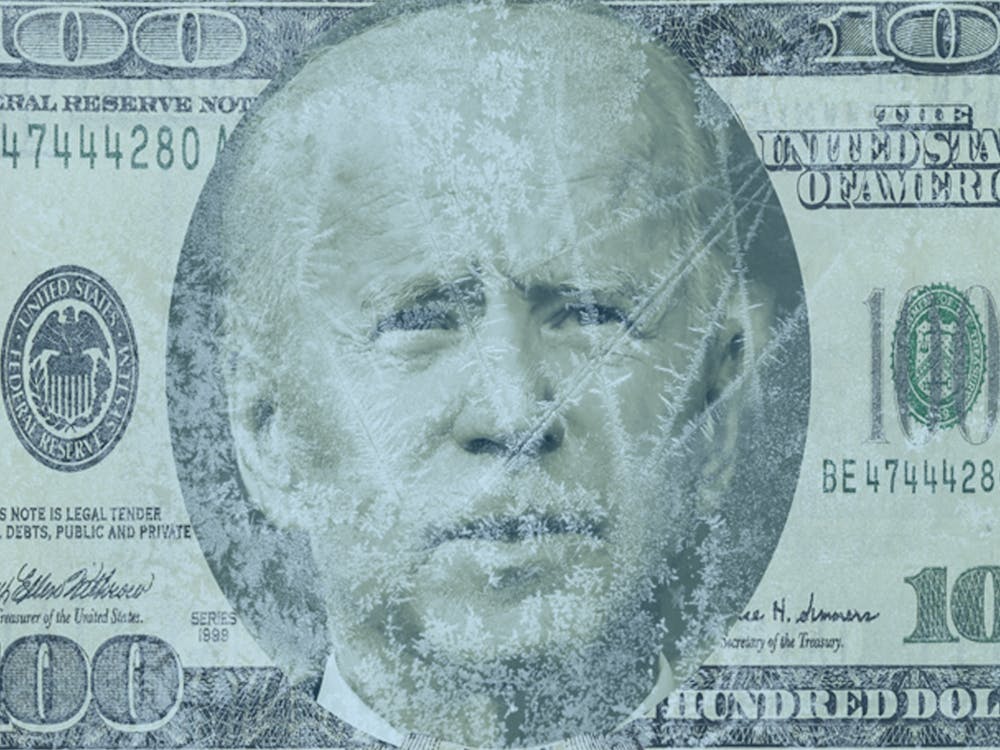Sophomore Zoology major Victoria Gerencser has a unique campus job: cleaning the bones of dead animals.
After beetles eat flesh off the bone, they are handed over to Gerencser, who takes the bones through several steps to ensure they are clean and ready for display. This involves scraping remains off and bathing them in hot water, dish soap and ammonium to draw out the grease and smell.
This is just one part of the student labor that goes into the Hefner Museum of Natural History.
Senior anthropology, biology and individualized studies major Lauren Doty does similar hands-on work. As fluids collection manager, she preserves reptile and amphibian specimens in chemical solutions that will ensure their quality.
“It genuinely changed my life,” Doty said.
Doty has accumulated over 300 hours of work at the museum, and she has seen doors open for a career in museums.
On the first floor of Upham Hall lies a little room full of animals, big and small. Frozen in time stands a towering Kodiak bear, the extinct passenger pigeon and more. The museum’s collection has been growing since 1809, and it now aims to offer a breadth of learning opportunities. This semester, the museum will host its annual lecture and welcome the arrival of several new specimen.
This year’s annual Hefner lecture, entitled “Prehistoric Predators: Using the Past to Inform our Future,” will be given by award-winning scientist Larisa DeSantis. Her work involves the Dream Lab, which uses fossil records to trace ecological and evolutionary responses to climate change.
“It’s a great time because we get to come together and hear this fun, all ages, all disciplines lecture,” museum director Steven Sullivan said.
DeSantis will discuss animals such as polar bears, coyotes, cougars and saber tooth cats. Two new specimen will debut as a part of the lecture series, following the event.
While Sullivan is looking forward to these notable events and new arrivals, one of the most exciting parts of the fall semester is getting to see new students experience the museum for the first time. He said that students of all disciplines begin to trickle in and make realizations about how their areas of passion relate to the natural world.

A butterfly sits atop a new Hefner Museum specimen to be revealed after the annual lecture.

A pair of claws peeks out from behind the fur of a future Hefner Museum display.
Enjoy what you're reading?
Signup for our newsletter
“My favorite thing is just to see these students make the connections, so that as they become leaders, they are making a holistic better world,” Sullivan said. “It’s just really fun every semester to be a part of that.”
As students take away their own epiphanies from the museum, they oftentimes become more involved, participating in the stewardship of natural history and working on projects that help keep the museum running.
Gerencser was one of these students. She said she has learned a lot from the process, including a better understanding of anatomy and a greater appreciation for how complex the natural world is.
“I find it interesting to know all sorts of different aspects about animals,” Gerenscer said. “I’ve learned a lot of anatomy just from cleaning bones.”
Junior biology major Maria Olson aspires to go into the dental field, and said she also learned valuable skills from bone cleaning.
“Working with your hands is really important for [dental], and bone cleaning has been just such a great way to work with my hands and just improve on that,” Olson said.
Olson said working at the museum also improved her communication skills, and it gave her the opportunity to create a research project which will lead to a future publication. The project lays out a timeline of on-campus historical events atop the rings of a 100-year old tree stump. It is expected to be on display following its completion this semester.
Sullivan said he hopes that as new events, specimens and exhibits flood into the museum this semester, more students will get involved and take advantage of what the museum has to offer.
“All of this work is funded through grants and donations, and so it’s really important too for the community to step up and support…” Sullivan said. “We do a lot of outreach to the local schools.”
Students have also taken the initiative in local outreach. Meet Patel, a microbiology and individualized studies major, is the president of MU Labs, a volunteer organization that holds hands-on workshops for local middle schoolers.
After working with Sullivan, Patel was able to run a sustainability workshop that taught middle schoolers how to sort between recycling, composting and trash items.
“This was really nice because the kids were able to figure out what to do with each item, and then they also connected it with how they lived in their homes,” Patel said.
Sullivan hopes that as the semester goes on, new students will have similar experiences at the museum – discovering passions, gaining new knowledge and even taking selfies with the beloved Kodiak bear.




